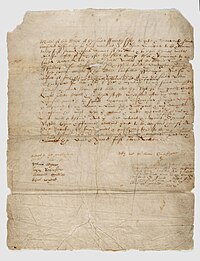Trusts

A trust is kind of like a treasure box that someone (usually an adult) puts things in to keep them safe for someone else (usually a child or someone who needs help managing their money). Imagine if your mom or dad gave you a small treasure chest and told you to put your favorite toys and snacks inside. Then they would lock the chest and keep the key safe for you. You could have access to the things inside the chest, but only if your parents said it was okay.
Now imagine if instead of toys and snacks, grown-ups put money or property (like a house or land) inside the treasure box. This is called a trust. The grown-up who makes the trust is called the "trustee" and the person who benefits from the trust (like you with the treasure chest) is called the "beneficiary." The trustee is responsible for taking care of the property or money inside the trust and making sure it is used for the beneficiary's benefit, like paying for their education or medical bills.
Trusts also have rules about when and how the beneficiary can access the property or money inside. For example, there might be rules that say the beneficiary can only receive the money after reaching a certain age or achieving a certain goal (like graduating from college). These rules are also decided by the trustee when they make the trust.
Overall, trusts are a way for grown-ups to keep important things safe for someone who needs help managing them. They are like a treasure box that only the trustee can access, but the beneficiary can benefit from the things inside when the trustee says it's okay.
Now imagine if instead of toys and snacks, grown-ups put money or property (like a house or land) inside the treasure box. This is called a trust. The grown-up who makes the trust is called the "trustee" and the person who benefits from the trust (like you with the treasure chest) is called the "beneficiary." The trustee is responsible for taking care of the property or money inside the trust and making sure it is used for the beneficiary's benefit, like paying for their education or medical bills.
Trusts also have rules about when and how the beneficiary can access the property or money inside. For example, there might be rules that say the beneficiary can only receive the money after reaching a certain age or achieving a certain goal (like graduating from college). These rules are also decided by the trustee when they make the trust.
Overall, trusts are a way for grown-ups to keep important things safe for someone who needs help managing them. They are like a treasure box that only the trustee can access, but the beneficiary can benefit from the things inside when the trustee says it's okay.
Related topics others have asked about:
